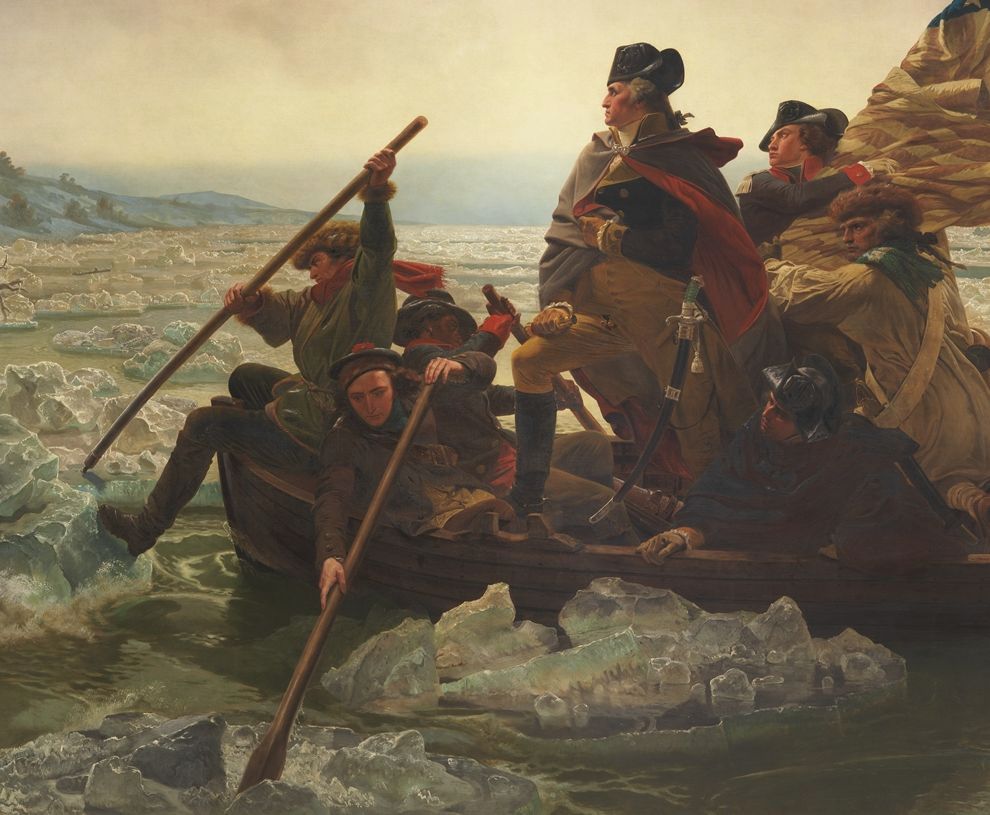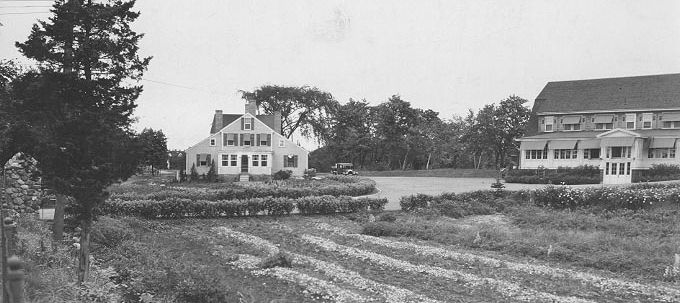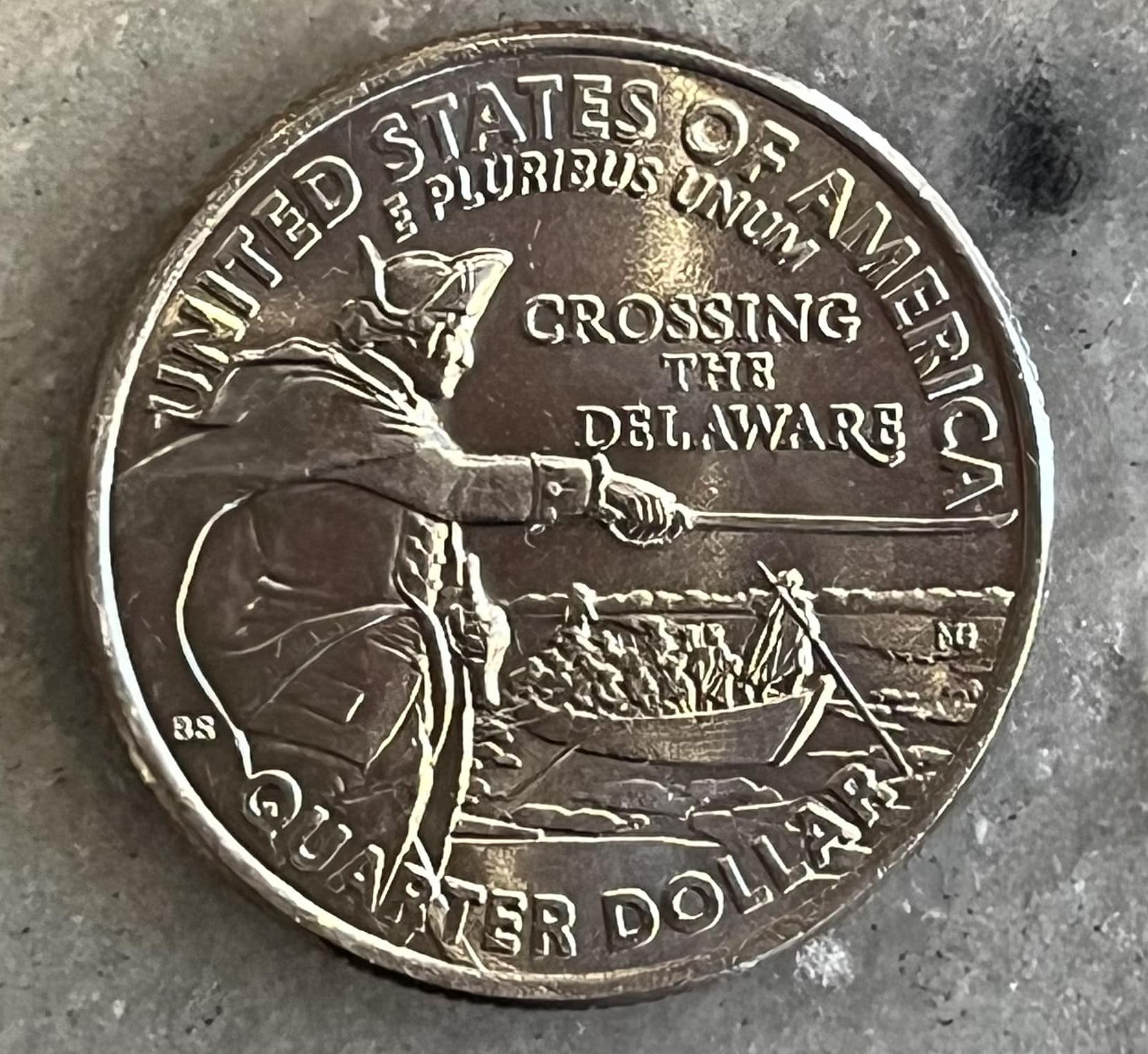Authors:
Historic Era: Era 3: Revolution and the New Nation (1754-1820s)
Historic Theme:
Subject:
Spring 2024 | Volume 69, Issue 2


Authors:
Historic Era: Era 3: Revolution and the New Nation (1754-1820s)
Historic Theme:
Subject:
Spring 2024 | Volume 69, Issue 2
Editor’s Note: Nancy L. Schultz is a retired professor and chair of the Swampscott Historical Commission, which is working with other local partners to save the General John Glover Farmhouse. For more information, see SavetheGlover.org.

There is a good chance that the United States would not be a country today without John Glover. On at least three occasions, he and his elite Marblehead regiment from Massachusetts saved General Washington’s army. He certainly deserves what Thomas Paine demanded: “…the love and thanks of man and woman.”
Yet Glover’s farmhouse, the home of a founder of the U.S. Navy and the Marines, is facing demolition, which would dishonor this hero and, therefore, our country. Disregard for this important history is a sad symbol of the current American failure to honor the people and events that made our country. As Paine warned, “What we obtain too cheap, we esteem too lightly: it is dearness only that gives everything its value.”
Glover’s contribution is not as well understood as it deserves to be. The turning point in the history of Essex County – the northeast corner of Massachusetts – came in March 1775. North Atlantic fishing was suddenly halted when a new economic sanction called the Fisheries Act took effect as part of the Restraining Acts that Parliament had imposed on New England’s rebellious colonists. The towns that depended on fishing and maritime commerce were effectively shut down.
Patriotic sentiment was easily stirred up to get enlistments from the ranks of sailors and fishermen. Before long, nearly 600 men, including seamen, tradesmen, merchants’ sons and laborers from Marblehead’s approximately 1,000 families (plus a few from nearby towns) had enrolled in ten militia companies.

The Continental Congress put John Glover, a respected veteran of the French and Indian War, in charge of the Marblehead regiment and commissioned it as the Twenty-First Continental Army regiment. Some of the men were Spanish, Native American, Jewish, and African American, forming one of the first integrated units in the American service. They were also one of the most effective.
